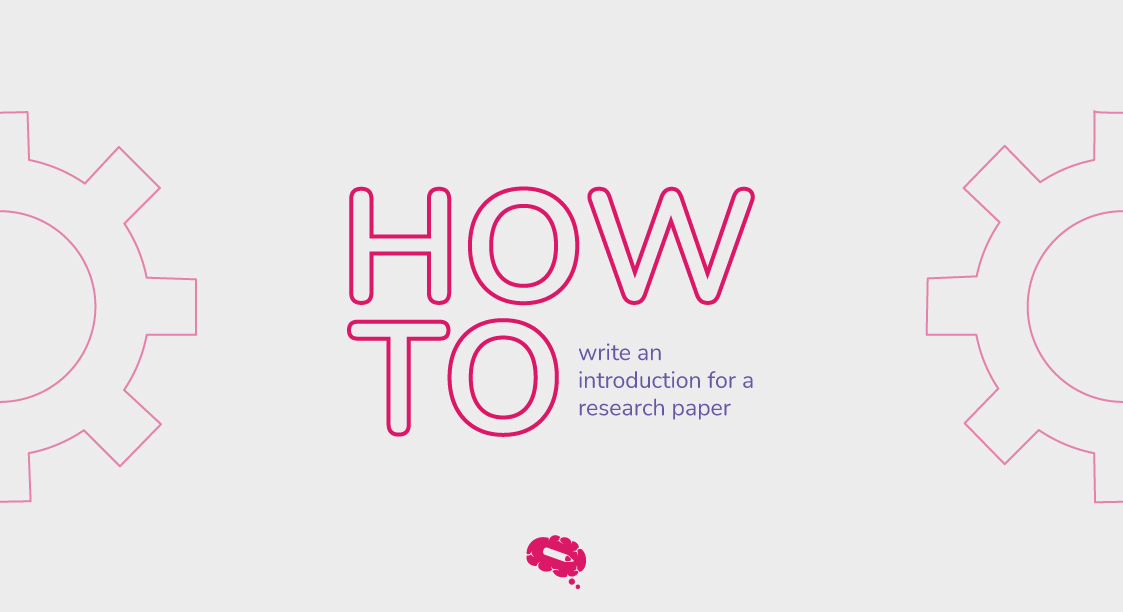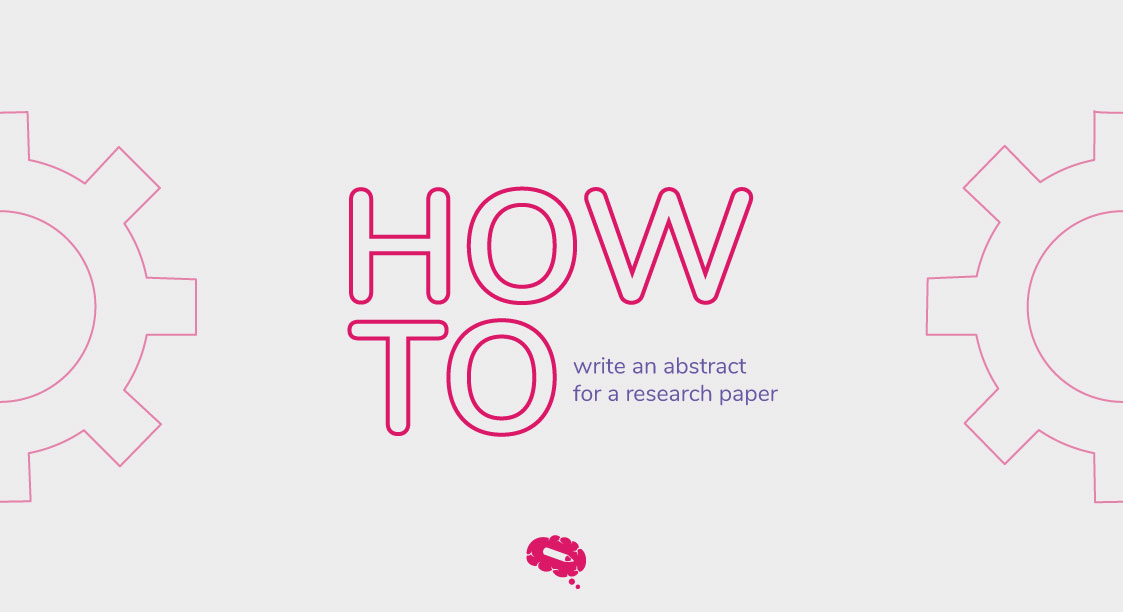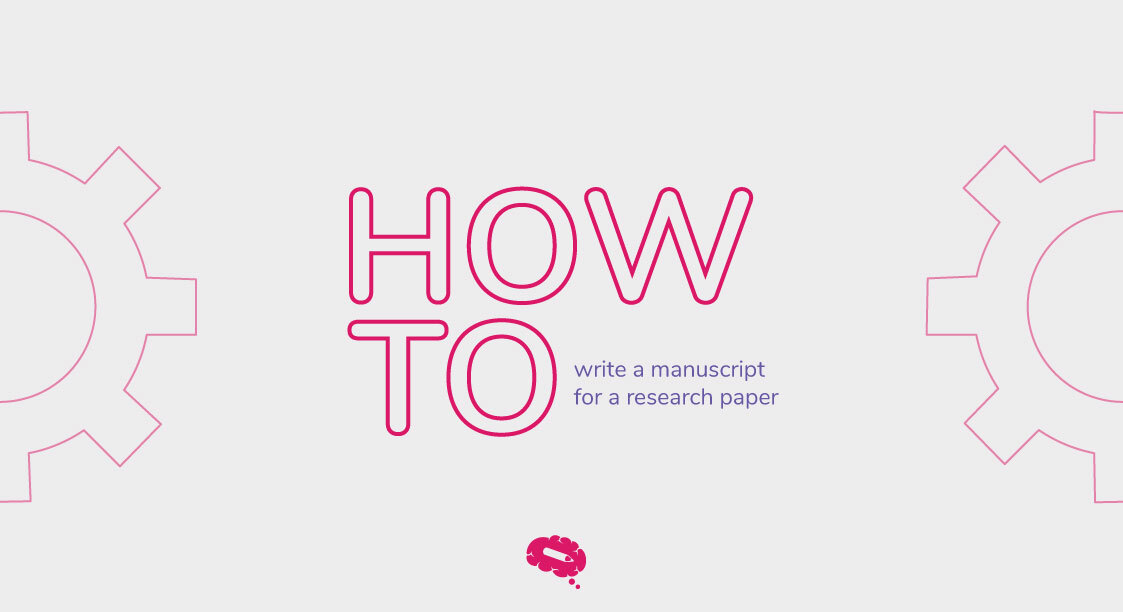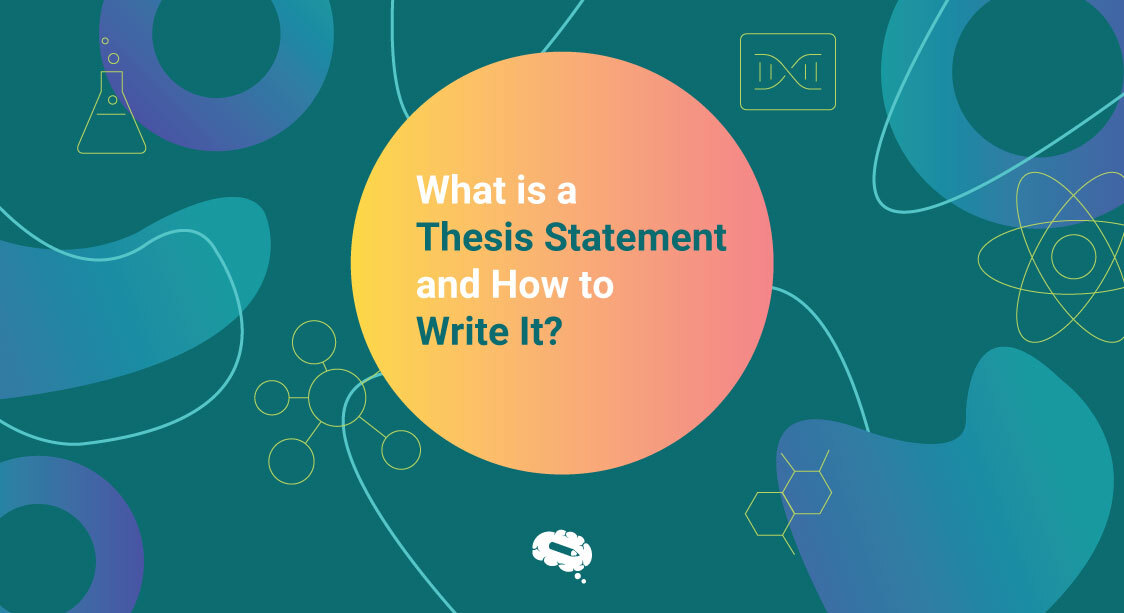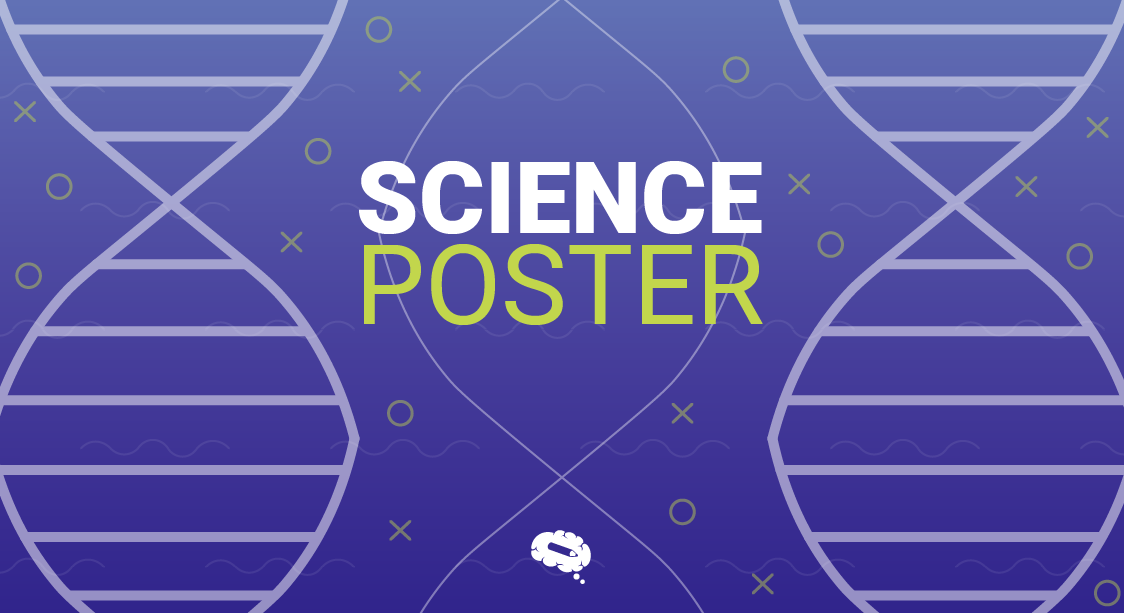An introduction to any type of paper is sometimes misunderstood as the beginning; yet, an introduction is actually intended to present your chosen subject to the audience in a way that makes it more appealing and leaves your readers thirsty for more information. After the title and abstract, your audience will read the introduction, thus it’s critical to get off to a solid start.
This article includes instructions on how to write an introduction for a research paper that engages the reader in your research. You can produce a strong opening for your research paper if you stick to the format and a few basic principles.
What is An Introduction To a Research Paper?
An introduction is the opening section of a research paper and the section that a reader is likely to read first, in which the objective and goals of the subsequent writing are stated.
The introduction serves numerous purposes. It provides context for your research, explains your topic and objectives, and provides an outline of the work. A solid introduction will establish the tone for the remainder of your paper, enticing readers to continue reading through the methodology, findings, and discussion.
Even though introductions are generally presented at the beginning of a document, we must distinguish an introduction from the beginning of your research. An introduction, as the name implies, is supposed to introduce your subject without extending it. All relevant information and facts should be placed in the body and conclusion, not the introduction.
Structure Of An Introduction
Before explaining how to write an introduction for a research paper, it’s necessary to comprehend a structure that will make your introduction stronger and more straightforward.
A Good Hook
A hook is one of the most effective research introduction openers. A hook’s objective is to stimulate the reader’s interest to read the research paper. There are various approaches you may take to generate a strong hook: startling facts, a question, a brief overview, or even a quotation.
Broad Overview
Following an excellent hook, you should present a wide overview of your major issue and some background information on your research. If you’re unsure about how to begin an essay introduction, the best approach is to offer a basic explanation of your topic before delving into specific issues. Simply said, you should begin with general information and then narrow it down to your relevant topics.
Questions
After offering some background information regarding your research’s main topic, go on to give readers a better understanding of what you’ll be covering throughout your research. In this section of your introduction, you should swiftly clarify your important topics in the sequence in which they will be addressed later, gradually introducing your thesis statement. You can use some The following are some critical questions to address in this section of your introduction: Who? What? Where? When? How? And why is that?
Thesis Statement
The thesis statement, which must be stated in the beginning clause of your research since your entire research revolves around it, is the most important component of your research.
A thesis statement presents your audience with a quick overview of the research’s main assertion. In the body section of your work, your key argument is what you will expose or debate about it. An excellent thesis statement is usually very succinct, accurate, explicit, clear, and focused. Typically, your thesis should be at the conclusion of your introductory paragraph/section.
Tips for Writing a Strong Introduction
Aside from the good structure, here are a few tips to make your introduction strong and accurate:
- Keep in mind the aim of your research and make sure your introduction supports it.
- Use an appealing and relevant hook that catches the reader’s attention right away.
- Make it obvious to your readers what your stance is.
- Demonstrate your knowledge of your subject.
- Provide your readers with a road map to help them understand what you will address throughout the research.
- Be succinct – it is advised that your opening introduction consists of around 8-9 percent of the overall amount of words in your article (for example, 160 words for a 2000 words essay).
- Make a strong and unambiguous thesis statement.
- Explain why the article is significant in 1-2 sentences.
- Remember to keep it interesting.
Mistakes to Avoid in Your Introduction
Check out what not to do and what to avoid now that you know the structure and how to write an introduction for a research paper.
- Lacking a feeling of direction or purpose.
- Giving out too much.
- Creating lengthy paragraphs.
- Excessive or insufficient background, literature, and theory.
- Including material that should be placed in the body and conclusion.
- Not writing enough or writing excessively.
- Using too many quotes.
Unleash the Power of Infographics with Mind the Graph
Do you believe your research is not efficient in communicating precisely or is not aesthetically appealing? Use the Mind The Graph tool to create great infographics and add more value to your research.

Subscribe to our newsletter
Exclusive high quality content about effective visual
communication in science.

